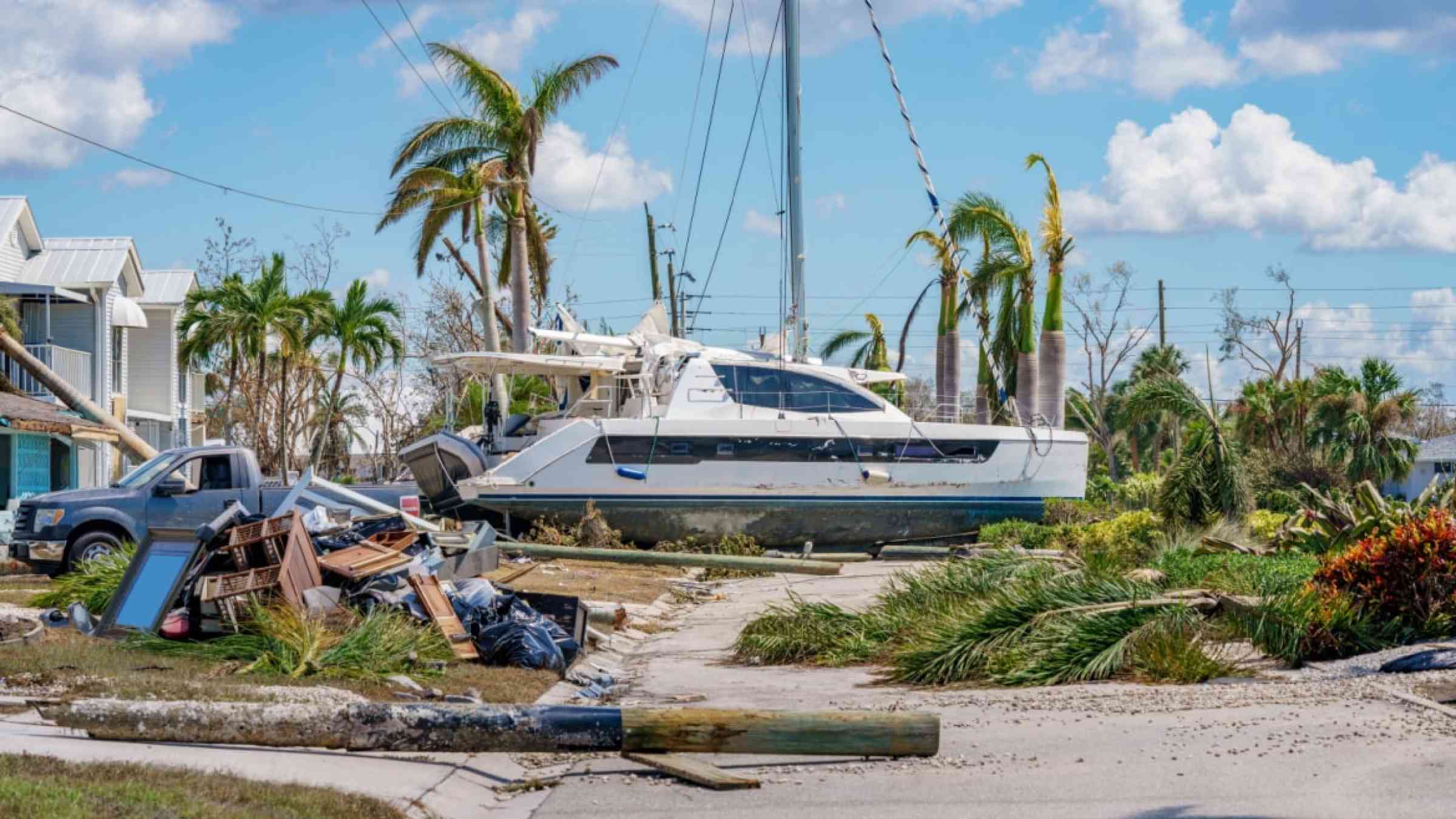Natural disasters don’t exist but natural hazards do

As I took the ferry home to Long Island City (New York City), I saw the start of a new water front residential complex on the East River. This in an area that was heavily flooded during hurricane Sandy. I presume that a construction company/developer must have received a construction permit for this site and, I hope, have plans in place to manage any potential flooding that could occur during a future hurricane.
It’s hard to be certain of course. In many cities, short-term economic interests often outweigh the clear benefits of proper land-use planning and building codes. This is especially true in developing nations where the institutional systems to manage and enforce said building codes are lacking or without any real power. What ends up happening is that there are little to no consequence for those who ignore the measures intended to keep people safe.
To be clear – we have the engineering and technological capacities to avoid disaster impacts. Every day engineers and scientists come up with climate and disaster smart solutions to make structures earthquake-proof, to mitigate the impact of floods, and to stave off the worst of hurricanes. Yet, these solutions don’t come cheap and are sadly not affordable everywhere. And where they are affordable, but come with some cost, the institutional means to require their inclusion are often lacking, meaning what should be mandatory becomes optional.
Because the fact is that there are no such things as “natural disasters”. Hazards are natural events, occurring more or less frequently and of a greater or lesser magnitude, but disasters are due to risk-blind development. What makes hazards become disasters depends primarily on the way societies develop, build and construct. How well we assess these risks, the extent to which we inform ourselves of what could happen, and the measures we take, whether in policy, legal or construction terms, to reduce those risks, determines the extent to which that hazard becomes a disaster.
We have an opportunity, each day through our development choices, to build in these measures and to avoid disaster impacts.
Global construction and urbanization are at levels never seen before in human history. A recent article in the Economist Magazine about the global demand for sand (An improbable global shortage: sand) underlines the incredible level of construction happening around the world. But observing the rate of urbanization, I ask myself: how well are these new high-rise constructions being built and planned for? Will they resist earthquakes, landslides and other natural hazards? Did their planning take climate change and sea level rise projections into account?
The 2030 Agenda, the Paris Climate Agreement and the Sendai Framework for DRR, development are meant to continue improving/reverse many unsafe conditions and poor development that put people and economic assets at risk. But until actions is taken these are just words on paper.
The Global Platform on Disaster Risk Reduction is the first opportunity since the adoption of the Sendai Framework two years ago to take stock of global disaster risk, and to determine whether our efforts are having the desired effect. Much has been done in many countries around the world. UNDP alone has invested another $430 million in DRR in over 160 countries globally since 2015. But is it enough? How can we improve upon our efforts and ensure that all development planning is risk-informed? How can we make sure that building codes are enforced everywhere?
Are we up to the challenge? I’m confident we are as long as we keep up the effort and plan for the long term, beyond short term political agendas and election cycles, and consider the development not just in our lives but for the many, many generations that will follow.